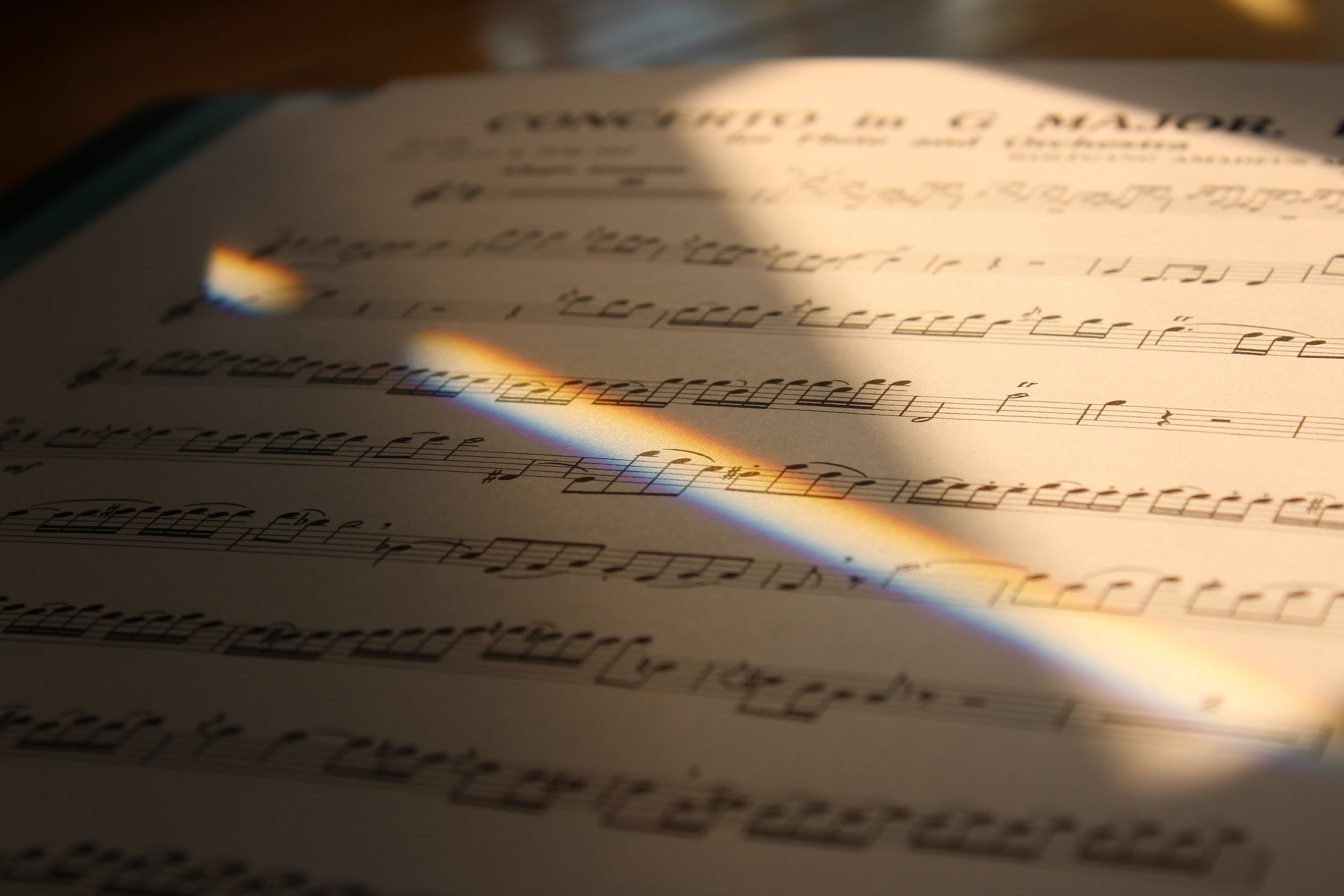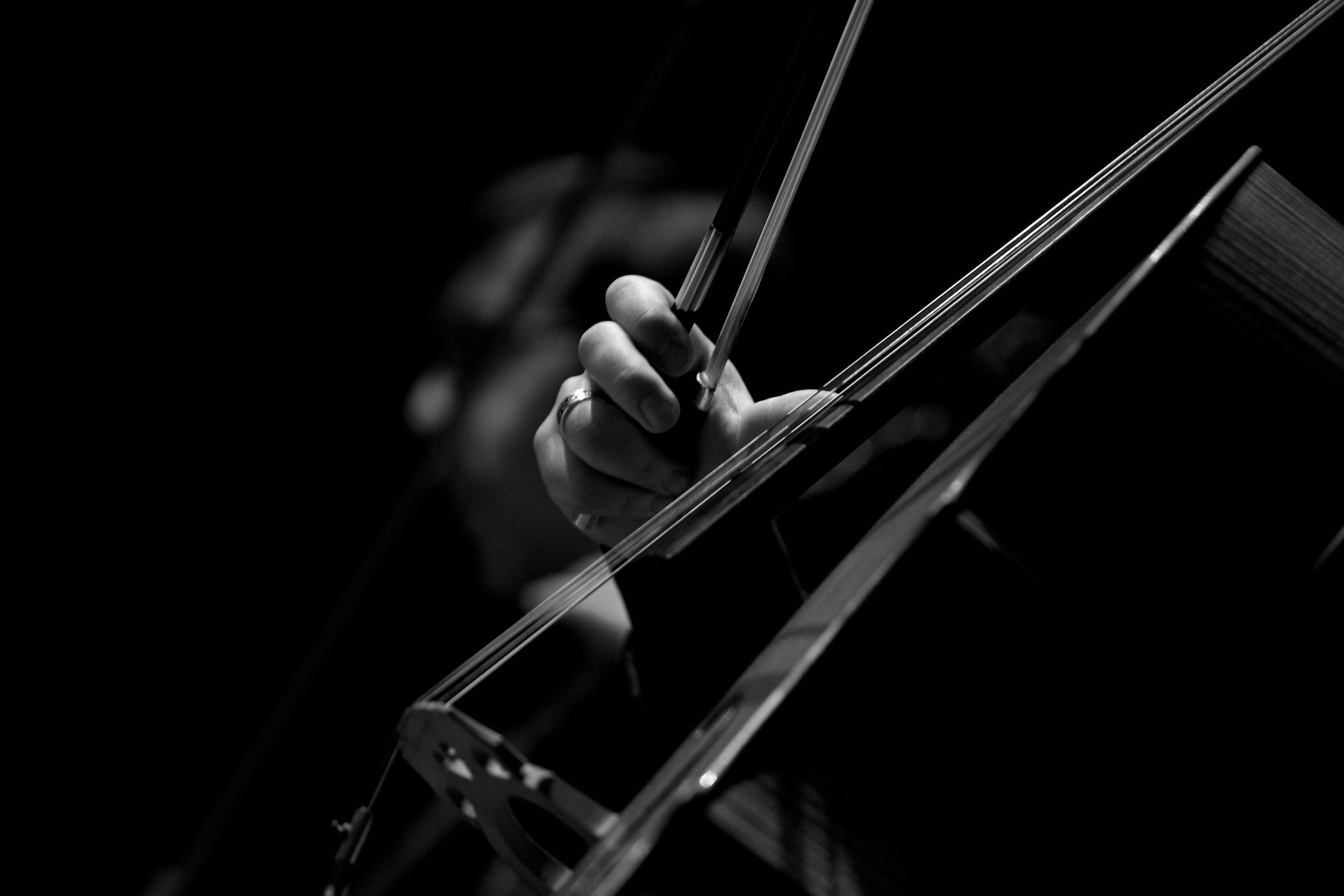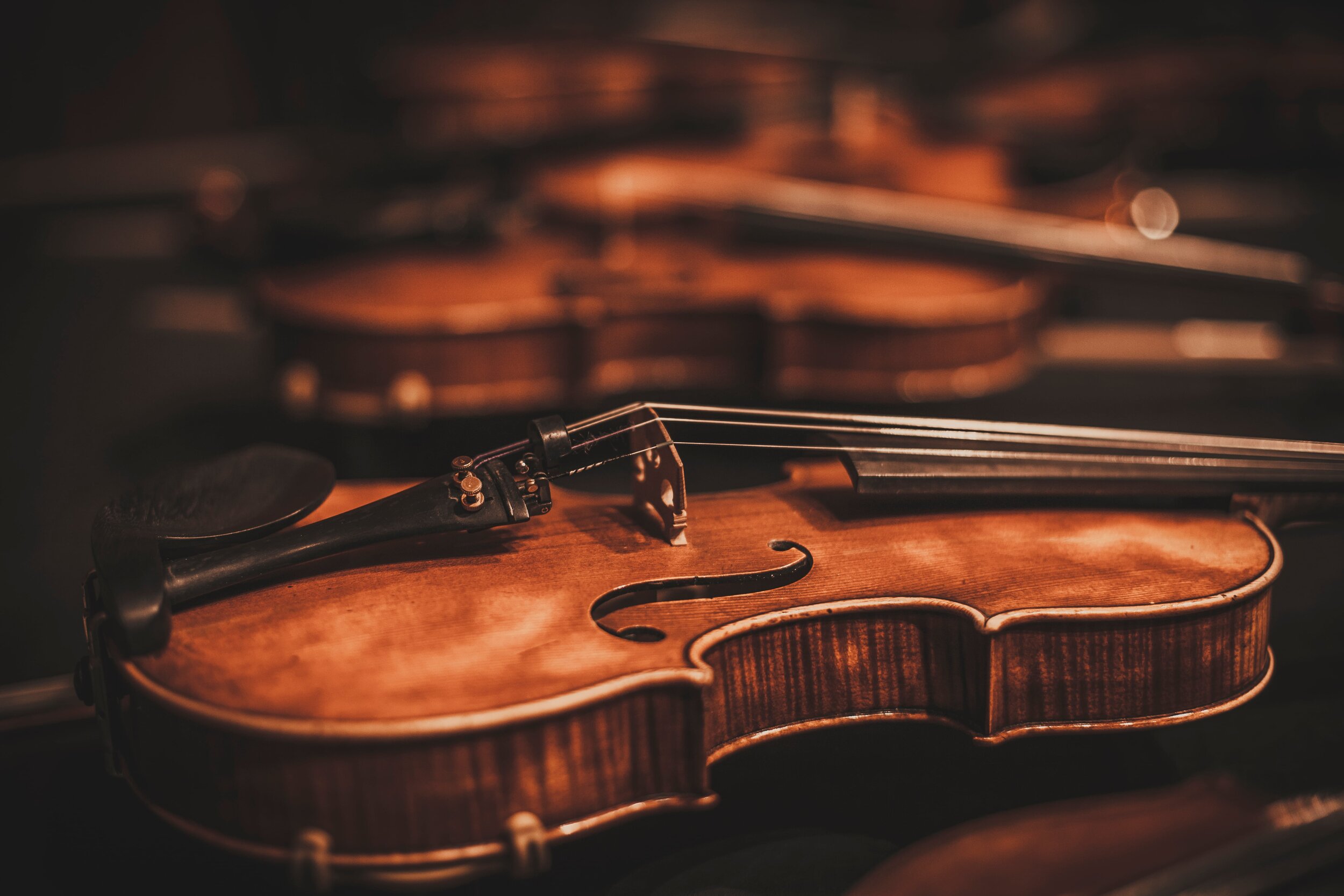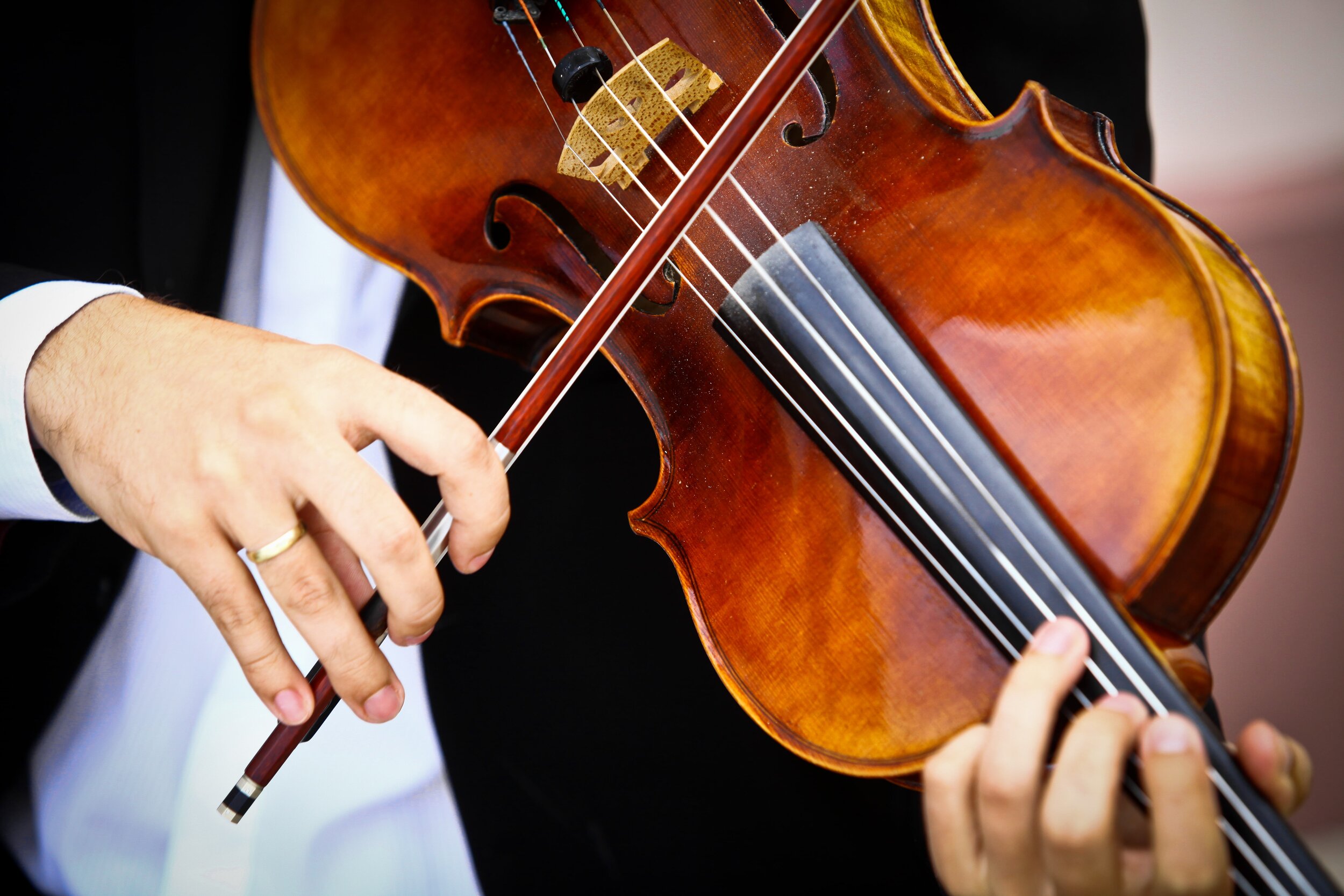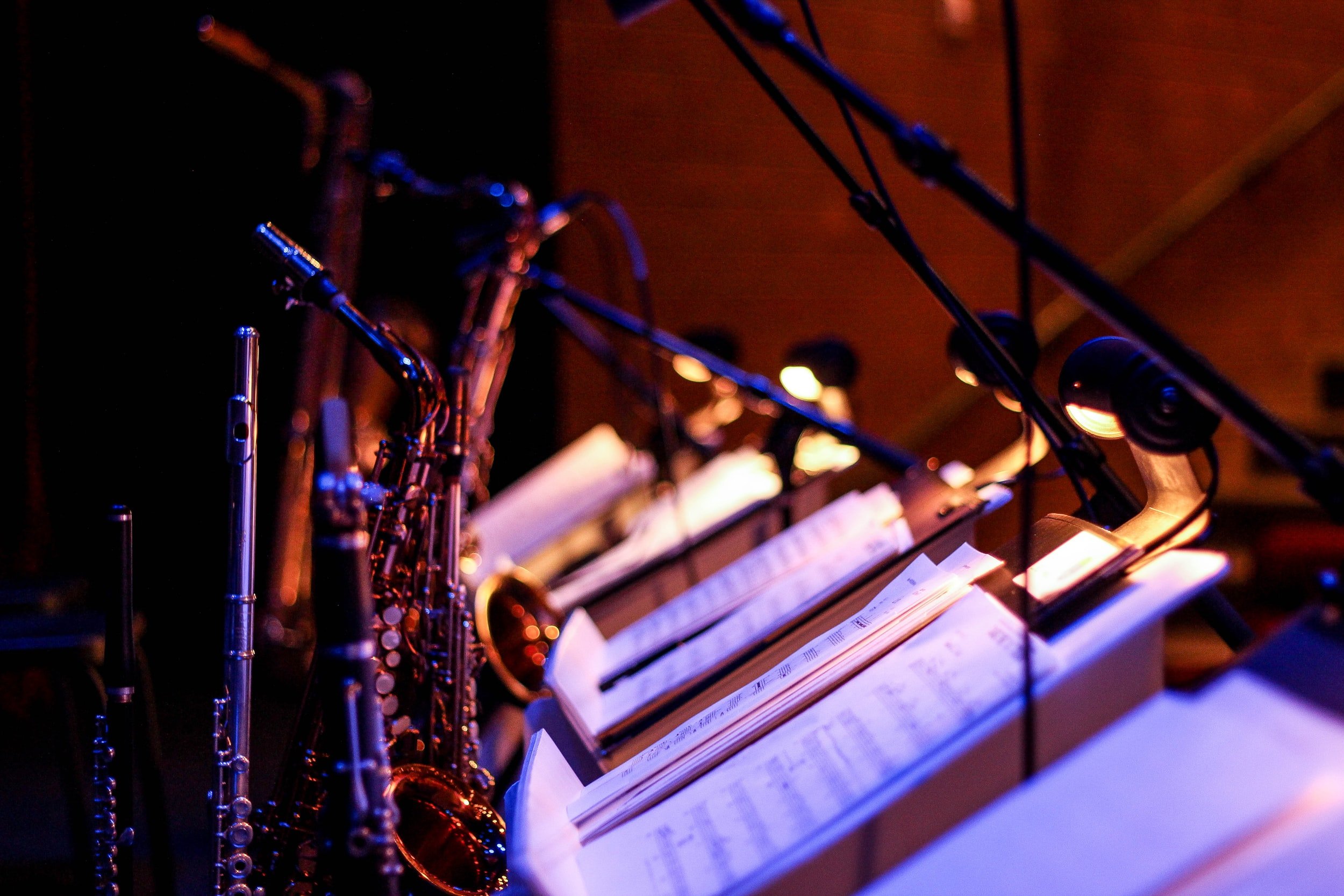Keyboard | Harpsichord
Keyboard | Harpsichord
Extreme Orchestration
by Don Freund and David CutlerPublished: February 2024
Harpsichord
The Harpsichord. The harpsichord shares features with both the piano and organ. Like the piano, it has strings that are set in motion by the action of the keyboard, and dampers which stop the strings as the key is released. Its single strings (one string per rank per key) are lighter and under significantly less tension than piano strings. They are plucked by quills set in jacks directly connected to the keys, rather than struck by thrown hammers. As a result, the harpsichord tone is quieter, characterized by a colorful attack and relatively fast decay. Put organ stuff first Like the organ, the harpsichord usually has more than one manual (though rarely more than two, and rarely a pedal keyboard), and it has ranks (of strings, not pipes): these are labeled by the organ terminology of 8’ (unison doubling), 4’ (octave higher doubling), and (less common) 16’ (octave lower doubling). The number of ranks of strings varies from harpsichord to harpsichord, and they may be coupled to the keyboards by levers or knobs or (less authentically) foot pedals. These couplings may be invoked in a variety of combinations and manual assignments to create terraced dynamic contrasts either in succession or polyphonically. Although the performer has direct control over the plucking of the strings, varying the force of the attack has a subliminal effect on the volume of the tone, so performers must develop subtle approaches to release-articulation and arpeggiation of chords.
Since most of the music performed on the harpsichord dates from the Baroque period, the priority in modern harpsichord building has been to recreate period instruments, discarding an evolution that might have produced a modern harpsichord capable of competing with modern instruments in volume of sound. As it is, an unamplified harpsichord adds little more than transient attack sounds to an early instrument Baroque orchestra, and is audible in a modern orchestra only in the quietest of textures. Although other light-voiced instruments such as the guitar survive amplification rather well, anything more than a rather slight electronic amplification of this distinctively charming and sweetly alluring instrument creates the impression of an acoustical monster.





